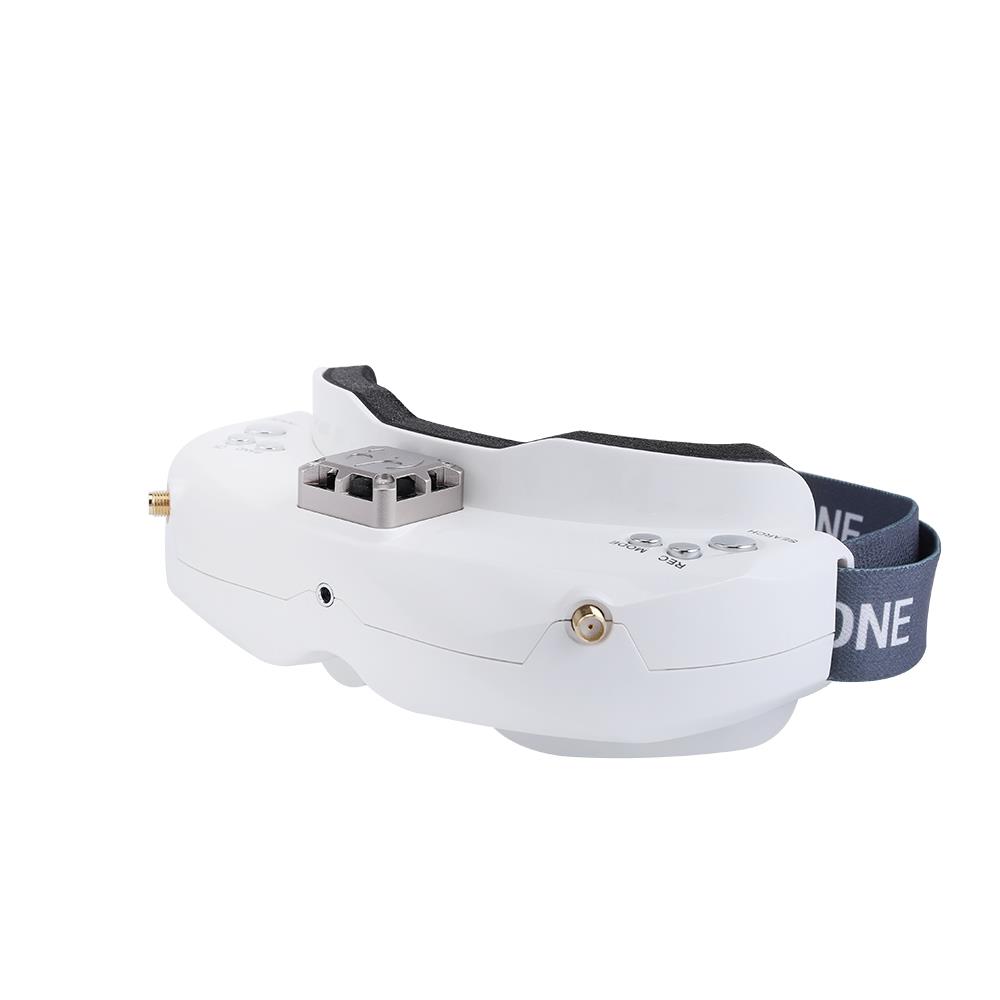Now that digital video systems are readily available, flying analog seems backwards. Analog was the only way to fly before DJI introduced the DJI FPV system in 2019. The technology is not proprietary, which enables multiple companies to make parts for this system. There are hundreds of parts to choose from for all budgets, goals or size. But now that HDZero, DJI and Walksnail are readily available and stable systems, why would you fly analog?

Analog video does look like watching videos online with terrible resolution, or looking at bad tv signal from the 60s. Analog still has some pros :
- Lower cost
- Fixed latency
- Wide selection of hardware
- Various price points and size
It also has its cons :
- Lower image quality
- More susceptible to interference
- Variable quality due to the number of manufacturers
Analog still has the edge for micro quads. Tinywhoops are really sensitive to weight, and HD video systems are, for the time being, much heavier than analog. This is why most tinywhoop pilots still use analog.
Analog being the cheapest, is a good way to offer a lower entry point for beginners. This makes the buy-in lower and repairs cheaper.
Most analog goggles have a HDMI port which allows you to use a Digital Video receiver later down the road.
In conclusion, while digital video systems like HDZero, DJI, and Walksnail offer high image quality and advanced features, analog systems remain relevant for drone flying due to their affordability, low latency, and compatibility with lightweight micro drones. Analog systems provide a cost-effective entry point for beginners, offer a wide selection of hardware options, and can still be a preferred choice for certain applications where weight and latency are critical factors.